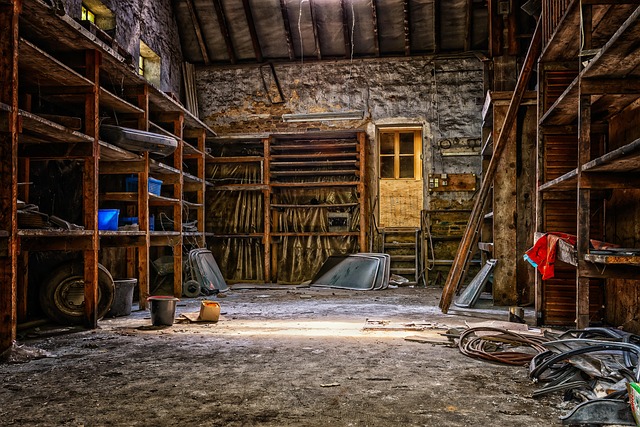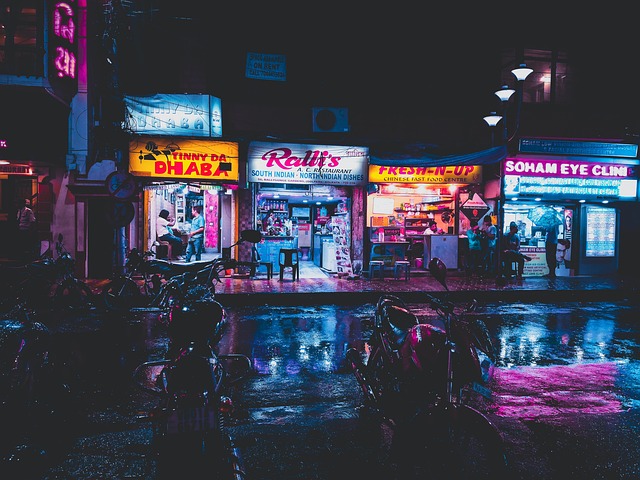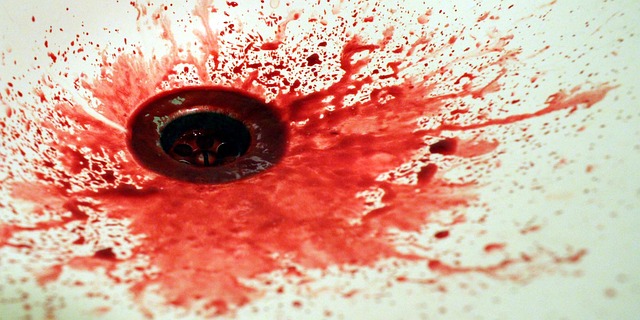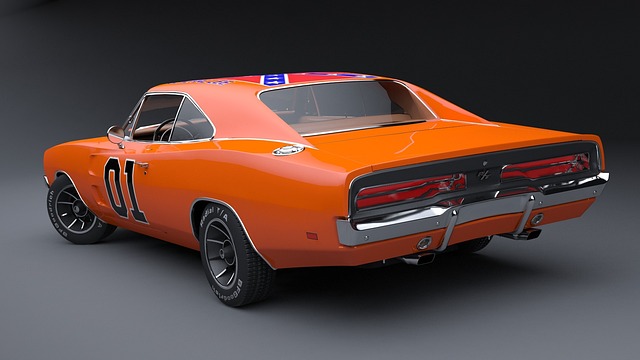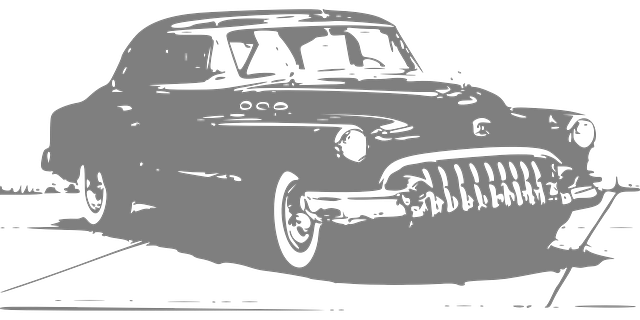Estimating paint repair cost for custom colors involves considering damage extent, area size & complexity, location, and a shop's expertise in paintless dent repair. Key factors driving costs include surface area & job complexity, with standard, premium, and specialty paints influencing prices — understanding these variations helps customers manage financial investments for desired outcomes.
Understanding paint repair cost is essential when navigating custom color jobs. This comprehensive guide breaks down the factors influencing these costs, from surface area and type of paint used to the complexities of repairs needed. We provide a detailed analysis of estimating paint repair expenses, including labor, material, and average cost per square foot for different types of repairs. Additionally, we offer valuable tips for minimizing paint repair expenses through preventative measures, DIY options, and negotiating with professionals to ensure competitive bids.
- Factors Influencing Paint Repair Cost
- – Surface area and size of the repair
- – Type of paint used (standard, premium, specialty)
Factors Influencing Paint Repair Cost

When estimating paint repair cost for custom color jobs, several factors come into play. The extent of damage is a primary consideration; minor scratches or dents might only require touch-ups, while more significant impacts could necessitate complete repainting. The size and complexity of the affected area directly impact labor and material costs. Custom colors, being non-standard, may also incur additional charges due to the specialized mixing and application processes involved. Location plays a role too; regional variations in labor rates and availability of specific paints can influence pricing.
Another factor is the automotive body shop’s reputation and expertise in paintless dent repair techniques. While traditional repainting involves significant preparation and drying times, modern auto maintenance facilities often employ advanced methods like paintless dent repair to minimize costs and downtime. These techniques, which rely on specialized tools to push out dents from the inside, can be more cost-effective for certain types of damage, ultimately affecting the overall paint repair cost.
– Surface area and size of the repair

The cost of paint repair for custom color jobs is heavily influenced by two primary factors: the surface area and size of the repair needed. Larger areas requiring more paint will, understandably, incur higher costs due to the increased material and labor requirements. For instance, repairing a significant dent or a large panel replacement will be more expensive than fixing smaller nicks or touch-ups. The complexity of the job also plays a role; intricate designs or unique color matches might necessitate specialized skills and take longer, driving up costs.
When considering paint repair cost, auto owners should remember that professional car paint services often come with guarantees, ensuring long-lasting results. These guarantees can provide peace of mind and potentially offset some of the upfront costs associated with larger repairs, making it a worthwhile investment for maintaining a vehicle’s appearance and value.
– Type of paint used (standard, premium, specialty)
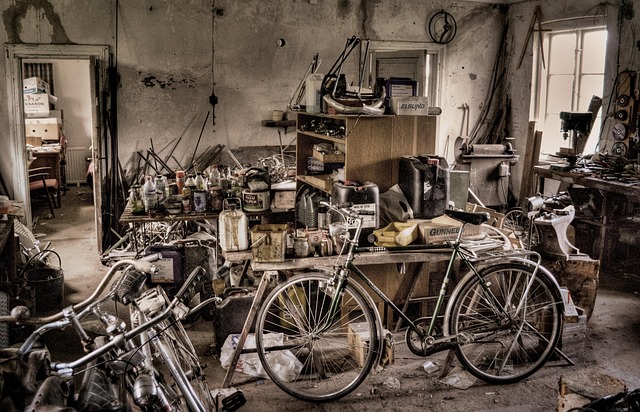
When it comes to understanding paint repair costs for custom color jobs, the type of paint used plays a significant role. Standard paints are the most common and typically the least expensive option, suitable for minor scratches or chips. Premium paints offer better durability, coverage, and finish, making them slightly pricier but ideal for long-lasting results. Specialty paints, on the other hand, are designed for specific purposes, such as automotive restoration or creating unique effects, and they often carry the highest cost due to their specialized formulations and applications.
In a collision repair center, where car paint services are offered, these varying types of paints contribute to the overall paint repair cost. Dent removal processes might require more intricate work with premium or specialty paints to ensure a seamless fit and finish, thereby increasing the expenses. Therefore, it’s crucial for customers to be aware of these differences when planning their repairs to manage expectations regarding the financial investment required for achieving the desired outcome.
When considering custom color paint repairs, understanding the influencing factors like surface area, size of the damage, and type of paint previously used is essential. These elements collectively determine the paint repair cost, ensuring you’re well-informed before embarking on any restoration project. By factoring in these key aspects, you can navigate the process with confidence, ultimately securing a flawless outcome for your vehicle’s appearance.

